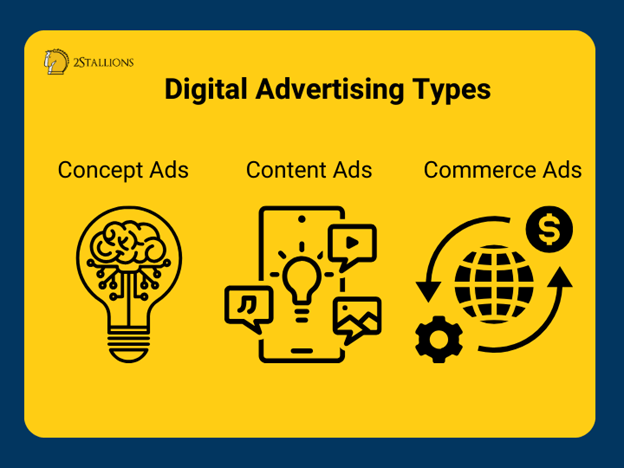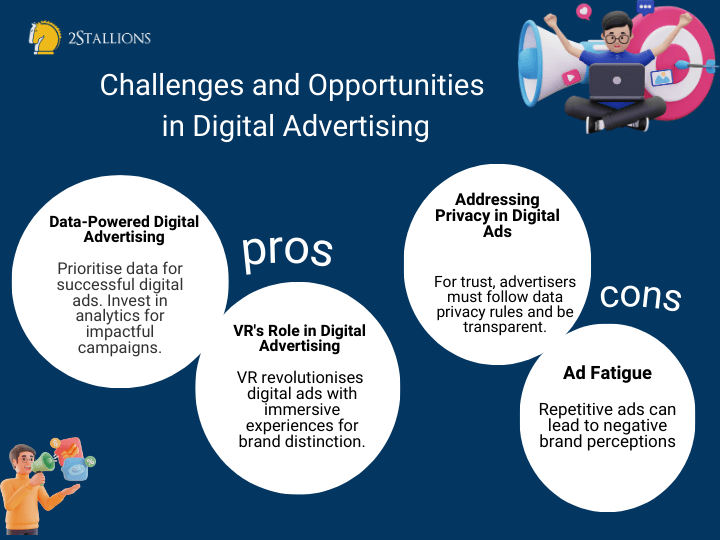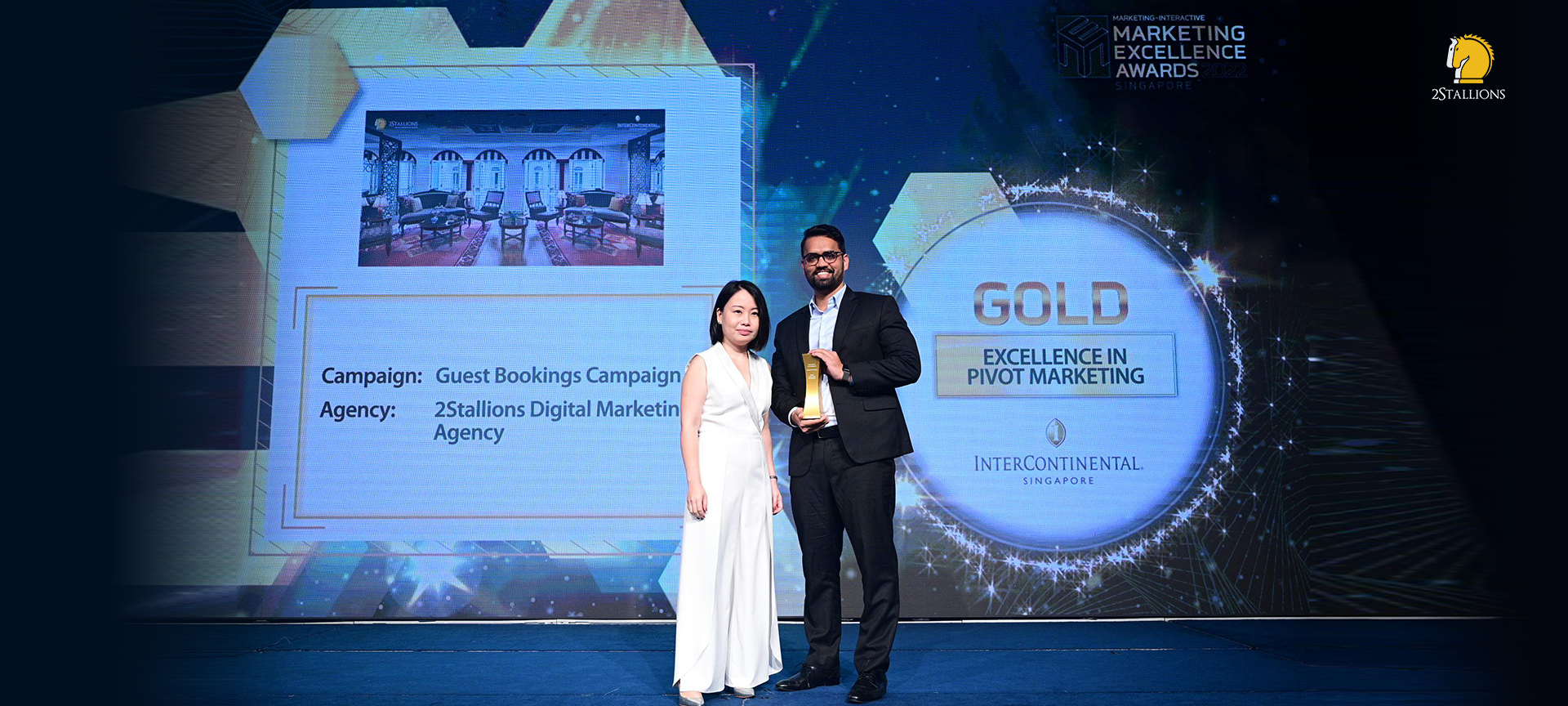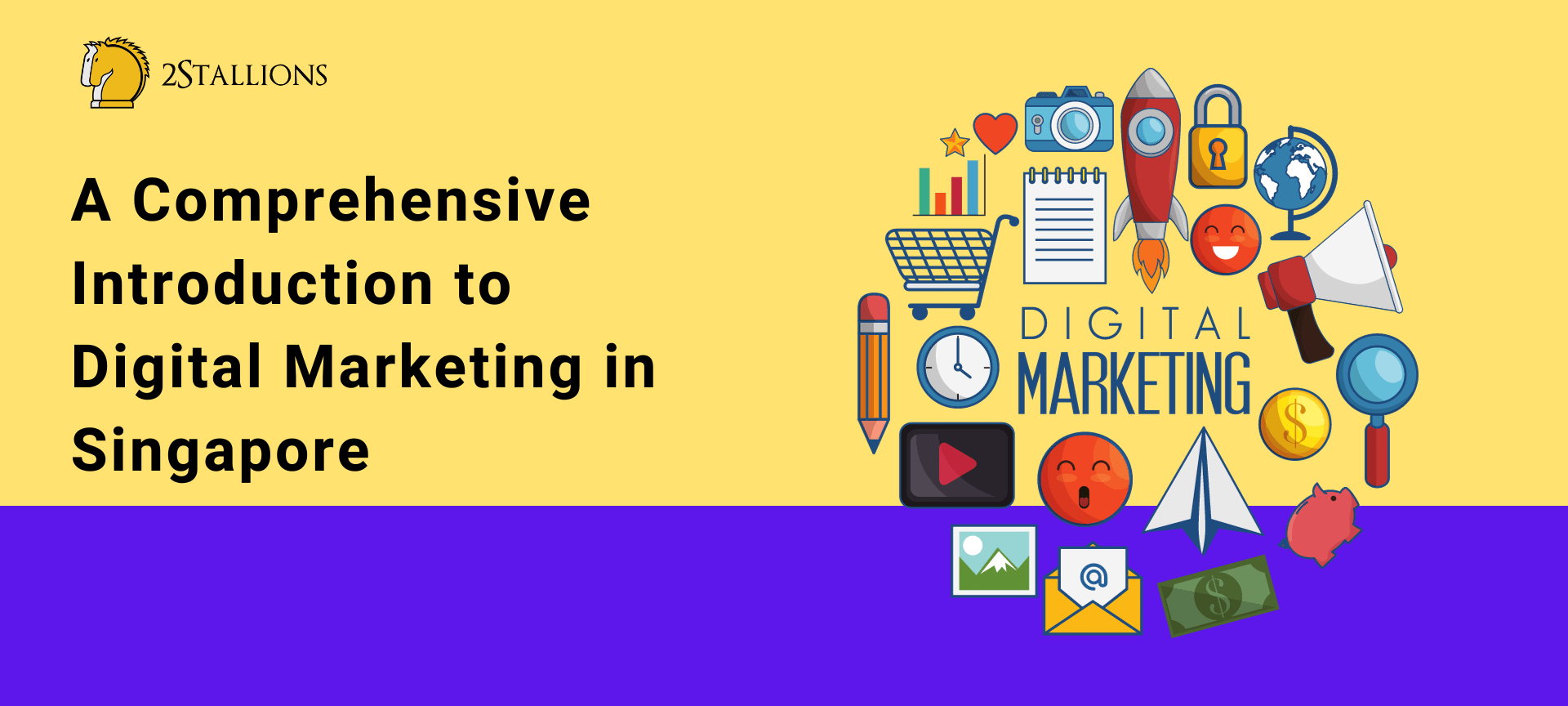Content
SHARE
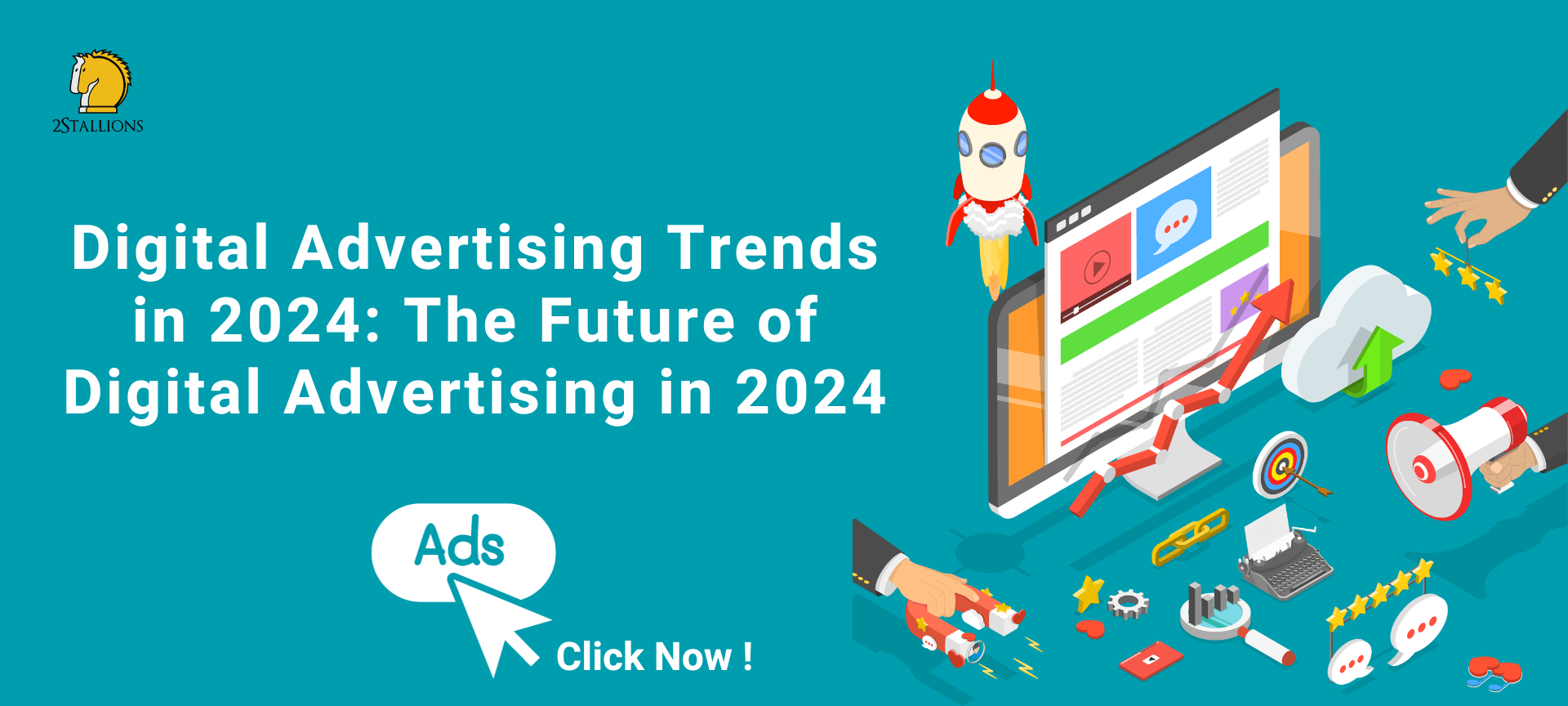
As we approach 2025, the realm of digital advertising is undergoing continual transformation. It is imperative to take a moment to comprehend the intricacies of this dynamic industry and decipher the critical trends that will shape its trajectory. This article aims to provide a visionary perspective on the future landscape of digital advertising, offering insights into the evolving nature of this crucial facet of the marketing domain.
Understanding the Landscape of Digital Advertising in 2025
In 2025, two key factors that will significantly impact digital advertising are artificial intelligence and the rollout of 5G networks. These dynamic forces are expected to reshape the way advertisers strategize, engage with audiences, and deliver content in the evolving digital terrain. The confluence of these technologies is likely to catalyse innovative approaches, heralding a transformative era in the field of digital advertising.
[thrive_leads id=’8271′]
Artificial Intelligence (AI)
As we delve into the future of digital advertising, it is essential to explore the role of artificial intelligence (AI). AI has already revolutionised various industries, and digital advertising is no exception. With its ability to analyse vast amounts of data, AI-powered algorithms have transformed how brands understand consumer behaviour and preferences. This understanding allows advertisers to deliver highly targeted and personalised ads, ensuring that their messages resonate with individual consumers on a deeper level.
With advancements in AI technology, brands can create hyper-personalised campaigns that capture attention and establish a genuine connection with their target audience. By harnessing the power of AI, advertisers can craft compelling narratives that speak directly to each consumer’s unique needs and desires.
5G networks
While AI is set to play a pivotal role in the future of digital advertising, the advent of 5G networks will also be a game-changer. The rollout of 5G will bring faster download speeds and lower latency, opening up a world of possibilities for advertisers. With these enhanced capabilities, brands can deliver immersive and interactive ad experiences that were previously unimaginable.
5G networks are designed to provide faster data transfer speeds compared to their predecessors, ranging from several hundred megabit per second to several gigabit per second. The increased speed and capacity of 5G enable a wide range of applications, including high-definition video streaming, augmented reality (AR), virtual reality (VR), and the Internet of Things (IoT). The convergence of AI and 5G is expected to redefine the landscape of digital advertising, offering unprecedented opportunities for engaging and dynamic consumer interactions.
In this chapter you will discover the main trends that will shape the future of digital advertising and help you understand the importance of digital advertising. There are three types of digital advertising, namely concept ads, content ads and commerce ads. Brands need to understand the evolving digital environment to maintain competitiveness.
Key Trends Shaping the Future of Digital Advertising
While AI and 5G are certainly significant trends in 2025, other vital factors will shape the future of digital advertising:
The Growing Importance of Personalised Advertising
Personalised advertising has become more critical than ever in an era of ad overload. Consumers expect ads that are tailored to their interests and preferences. In 2025, successful advertisers will leverage data-driven insights to create highly personalised campaigns that cut through the noise and resonate with their target audience.
Effective digital advertising entails a thorough understanding their browsing history, purchase behaviour, and demographic information to deliver relevant and timely ads. By tapping into the power of artificial intelligence and machine learning, advertisers can analyse vast amounts of data to identify patterns and preferences, enabling them to create advertisements that genuinely resonate with their audience.
For example, imagine a consumer who frequently searches for hiking gear online. A personalised ad could showcase the latest hiking boots, outdoor clothing, and camping equipment tailored to their interests. Advertisers can increase engagement and drive conversions by delivering advertisements that align with consumers’ preferences.
There’s no denying that video advertising is the future of marketing. In this chapter, we’ll explore the shift to video advertising and why your business needs to get on board now. Captivating and engaging of leaving a lasting impression on your target audience, video advertising can resonate with the audience and compel them to take the desired action.
Source: Team, P. (2022, August 3). The powerful benefits of video advertising
The Shift Towards Video Advertising
Video has been gaining momentum in recent years, and in 2025, it will dominate the digital advertising landscape. With the proliferation of video-sharing platforms and the rise of streaming services, brands have a unique opportunity to engage their audience through captivating video content. By combining compelling visuals, music, and storytelling, advertisers can create a powerful connection with their audience.
Video advertising offers a dynamic and immersive way to tell a brand’s story. It allows advertisers to convey emotions, showcase products in action, and create memorable experiences for viewers. We can expect to see a wide range of video ad formats, from short-form videos for social media platforms to longer ads for streaming services.
For instance, a car manufacturer might create a visually stunning video ad that takes viewers on a virtual journey, highlighting the sleek design, advanced features, and exhilarating driving experience of their latest model.
Nissan’s advertisement highlights the car’s performance and internal components, employing the theme of racing to heighten excitement and capture the attention of consumers. By incorporating the racing concept, the advertisement aims to engage viewers voluntarily, fostering interest in the showcased car.
Mobile Advertising VS Mobile Marketing
In the smartphone era, mobile advertising has become the focal point of digital marketing strategies. Projected to dominate in 2025, it capitalises on the increasing reliance of consumers on their mobile devices for internet access.
Mobile Marketing and Mobile Advertising Overview:
- Distinct from digital marketing, mobile marketing and advertising have specialised focuses on mobile platforms.
- Mobile advertising provides unique opportunities for advertisers to connect with users anywhere, anytime.
Mobile Advertising Features:
- Utilises location, interests, and browsing behaviour for targeted and relevant ads.
- Tailor ads to enhance the user’s mobile experience.
Mobile Marketing as a Subset of Digital Marketing:
- Targets users accessing the internet through smartphones exclusively.
- Encompasses customised strategies for advertising, app development, SEO, content creation, and CRM efforts.
- Emphasises cultivating user relationships, delivering personalised experiences, and optimising engagement.
Staying abreast of evolving mobile technologies is crucial for advertisers. From mobile-friendly website design to prioritising mobile-first ad formats, optimising campaigns for mobile platforms is indispensable for success in the dynamic digital advertising landscape of 2025.
This chapter can transform your advertising strategy for exceptional results in the dynamic digital landscape of 2025, addressing key challenges such as privacy concerns. As regulations become stringent and consumers become more aware of their privacy rights, advertisers need to find innovative ways to target audiences without compromising trust.
Ready to level up your brand online? Our digital marketing agency is built to deliver real growth.
Challenges and Opportunities in Digital Advertising for 2025
While the future of digital advertising holds great promise, there are also challenges that advertisers must contend with:
Navigating Privacy Concerns in Digital Advertising
With the growing awareness of data privacy and the implementation of stricter regulations, advertisers will need to be vigilant in protecting consumer information. Advertisers must adhere to data protection laws and establish transparent practices to build trust with their audience. By adopting these practices, advertisers can navigate the evolving landscape of data privacy responsibly and foster enduring relationships built on transparency and respect.
Harnessing the Power of Data in Digital Advertising
Data is the lifeblood of digital advertising, and in 2025, brands will need to harness the power of data to create effective campaigns. Advertisers must invest in data analytics tools and platforms to gain actionable insights that inform their advertising strategies and drive results. These insights, in turn, serve as the bedrock for informed advertising strategies, propelling brands towards outcomes that resonate with their objectives.
The Potential of Virtual Reality in Digital Advertising
Virtual reality (VR) has been on the horizon for years, and in 2025, it will make significant strides in digital advertising. VR offers a unique opportunity for brands to create immersive and memorable experiences for their audience. From virtual product demonstrations to interactive storytelling, brands that embrace VR will stand out from the crowd.
Predictions for the Future of Digital Advertising Beyond 2025
While it’s challenging to predict with certainty what the future holds, several trends are likely to shape the future of digital advertising beyond 2025:
The Evolution of Programmatic Advertising
Programmatic advertising offers several benefits, including increased efficiency, better targeting capabilities, real-time optimisation, and the ability to reach specific audiences at scale. However, it also comes with challenges, such as concerns about ad fraud, brand safety, and the need for transparency in the supply chain.
Advertisers and marketers need to stay informed about industry best practices and continually adapt their strategies to navigate the evolving landscape of programmatic advertising.
The Future of Social Media Advertising
Social media advertising will continue to be a dominant force in the digital advertising landscape. Platforms like Facebook, Instagram, and LinkedIn will refine their targeting capabilities and provide advertisers with more tools to reach their desired audience. As social media usage grows, brands must stay on top of emerging trends and adapt their strategies accordingly. Staying attuned to the evolving landscape ensures that brands capitalize on the full potential of social media platforms, cultivating dynamic and impactful engagements with their target audience.
This chapter delves into the world of augmented reality and its huge potential to revolutionise advertising. Learn how AR can enhance customer engagement, increase brand awareness, and ultimately increase sales.
From immersive virtual showrooms to interactive product demonstrations, the possibilities are endless. Learn how top brands are using AR to create memorable, personalised experiences for their audiences.
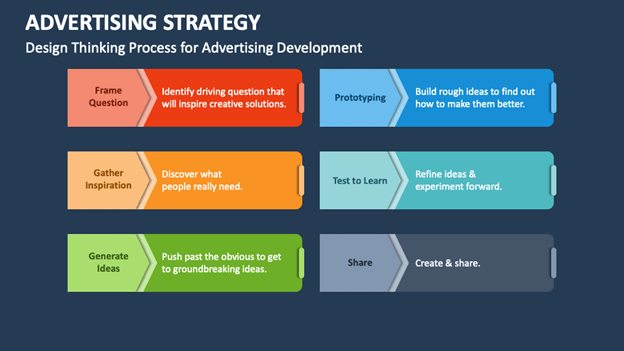
The Role of Augmented Reality in Future Advertising Strategies
Augmented reality (AR) is another technology that will play a pivotal role in future advertising strategies. Imagine virtually trying on clothes or visualising furniture in your home before purchasing. AR will revolutionise how consumers interact with ads and provide brands with new opportunities to engage their audience.
In conclusion, the future of digital advertising in 2025 and beyond is inspiring. Artificial intelligence, 5G, voice search, personalised advertising, video advertising, mobile dominance, privacy concerns, data utilisation, virtual reality, programmatic advertising, social media evolution, and augmented reality will shape how brands connect with consumers and create meaningful experiences. By embracing these trends and staying ahead of the curve, advertisers can unlock new levels of success and drive growth in the ever-evolving world of digital advertising.
[thrive_leads id=’3729′]
Frequently Asked Questions About Digital Advertising
What is digital media in advertising?
Digital advertising refers to marketing through online channels, such as websites, streaming content, and more. Digital ads span media formats, including text, image, audio, and video.
What is an example of a digital ad?
Common digital advertising examples include those on social networks, video streaming platforms, and search engines. Look for budget-friendly options, so you only pay when someone clicks on your ad.
Which 5 types can make a successful digital marketing?
- Create Powerful Headlines.
- Use Keywords Throughout the Ad.
- Always Add Value.
- Remember a Call-to-Action.
- A/B Test your Ads.
What are the advantages of digital advertising?
Advantages of digital marketing include increased reach, targeted audience engagement, measurable results, and cost-effectiveness. Marketing has existed ever since humans learned how to trade. It is all about connecting with your audience at the right place and time.
What is most effective advertising strategy in digital marketing?
The most effective advertising strategy is typically pay-per-click advertising because of its reach, cost, and return on ad spend (ROAS).

